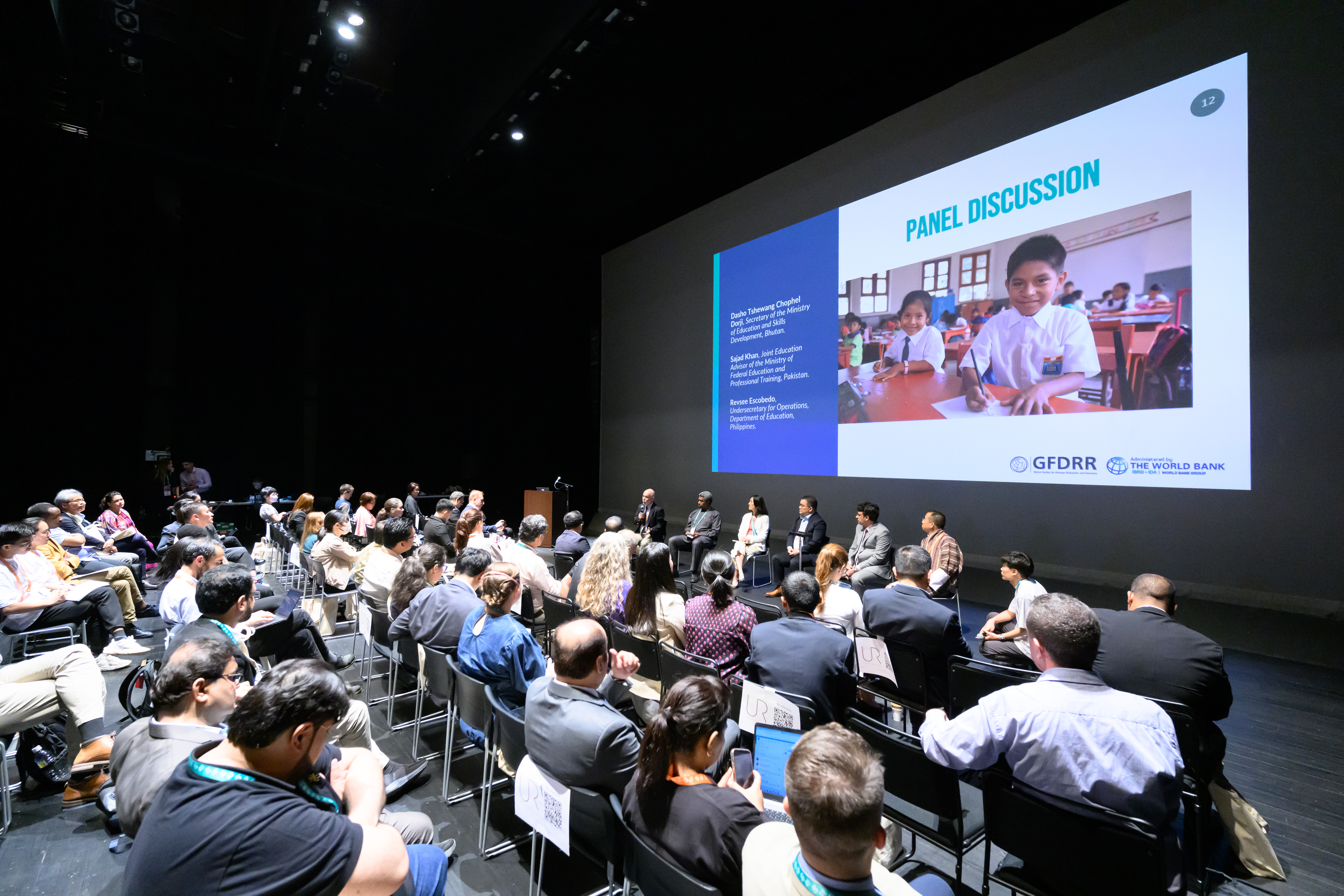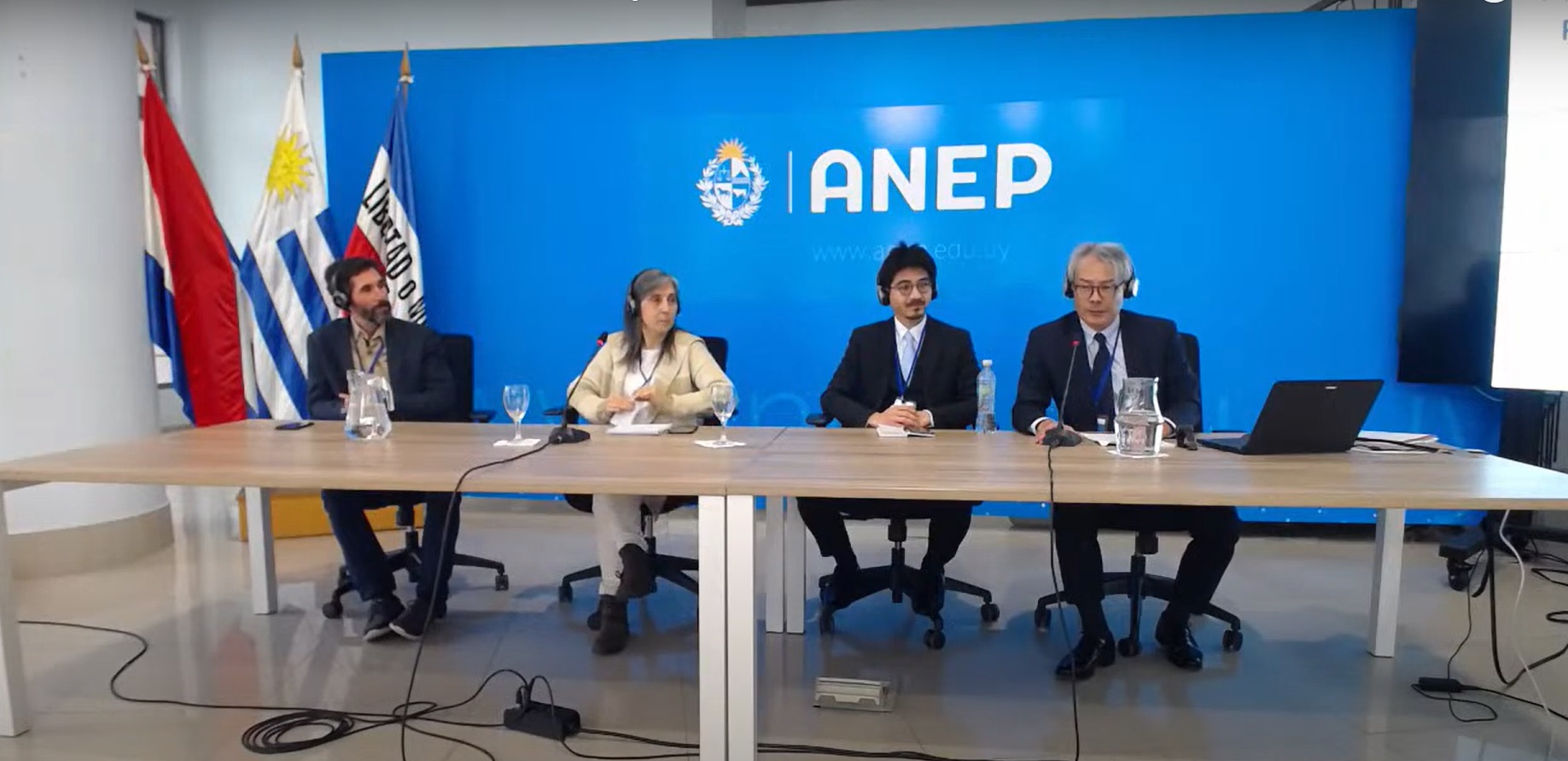Tomorrow's Never Closed: New Insights and Perspectives from UR24


In Comayagua, Honduras, the Marcelino Pineda Elementary School is witnessing positive changes, thanks to World Bank and GFDRR initiatives. These efforts are focused on making schools more inclusive for persons with disabilities, notably by adding ramps. Darlin Elvir Gonzalez, a parent, appreciates these improvements and reflects on her own childhood challenges in accessing education due to a lack of such facilities. This initiative marks a significant step toward educational inclusivity in Honduras.
Carmelita Rita Namashulua, Mozambique's Minister of Education and Human Development, talks about how, with the support of the Global Facility for Disaster Reduction and Recovery and the World Bank, 1,100 classrooms were rebuilt, rehabilitated, or constructed across Mozambique between 2017 and 2021. These classrooms, which can withstand the impact of disasters, have benefited more than 132,000 children in the country.
Montevideo, Uruguay | November 1, 2023
